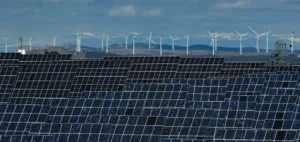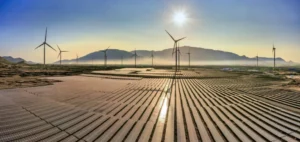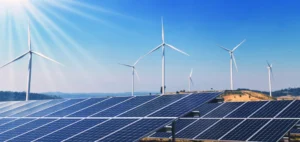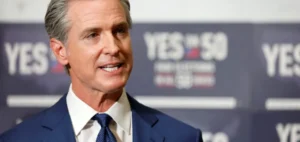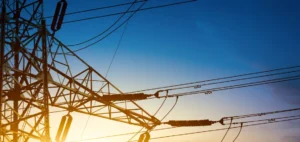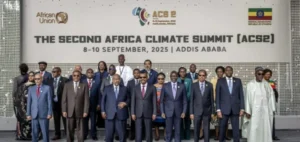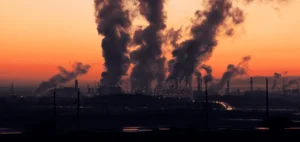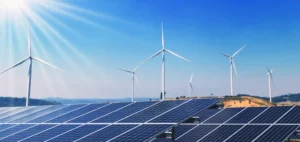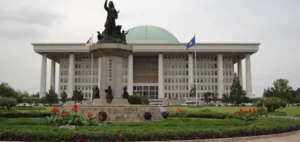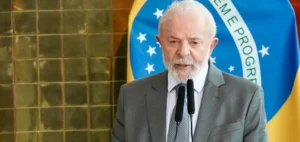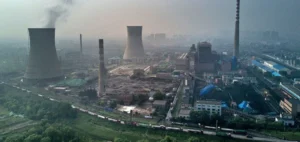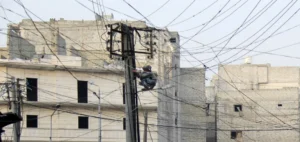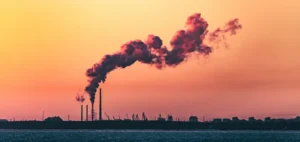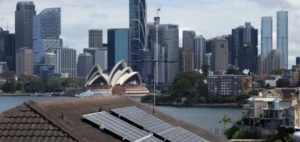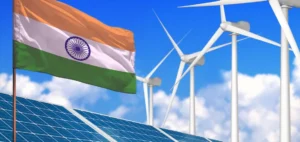Switzerland has just published its 2021 Energy and Climate Report. The aim is to study the energy consumption of several public service providers. In addition, the report publishes their goals for 2030. This initiative is part of the second phase of the Energy and Climate Exemplarity initiative.
Swiss companies present their results
The initiative is a measure of Switzerland’s 2050 energy strategy. It is aimed at the main Swiss providers of services of public interest.
Thus, it designates a framework for those who wish to act in an innovative and exemplary way in the field of energy. The actors sign a declaration of intent where they commit to contribute to the implementation of the Paris Climate Agreement.
15 major public benefit providers are actively participating in this plan. In this way, companies improve their energy efficiency and ensure their transition to renewable energy.
In addition, they are required to be transparent about the achievement of their goals. Thus, allowing to use the acquired knowledge for other companies or organizations.
The first phase of the initiative runs from 2013 to 2020. The second phase began in 2020 and will end in 2030. In the Energy and Climate 2021 Report, the 15 public benefit providers publish their results. Thus, each person details his or her consumption as well as his or her individual objectives.
Consumption in 2021
In 2021, the participants in the initiative consumed about 6,500 GWh of final energy. They also produced 540,000 tons of direct energy-related CO2 emissions. These data correspond to 3% of final energy consumption and 3% of CO2 emissions in Switzerland.
At the same time, 35% of the fuel and 93% of the power used came from renewable energy sources. The companies participating in the initiative are aiming for 100% power from renewable sources. Each of them has set individual goals in order to reach the final objective.
Renewable energy production
The players produced a total of 766 GWh of electricity from ecological and renewable sources. This includes 730 GWh of hydropower and 36 GWh of photovoltaics.
By 2026, Switzerland would like to increase its photovoltaic capacity by 82 GWh in order to reach its development target. In addition, Geneva’s industrial services (SIG) produce 730 GWh of electricity from “naturemade star” certified hydropower.
Climate-friendly mobility
Within the framework of the initiative several measures are taken concerning mobility. For example, they aim to reduce emissions from travel by car, public transport and air.




